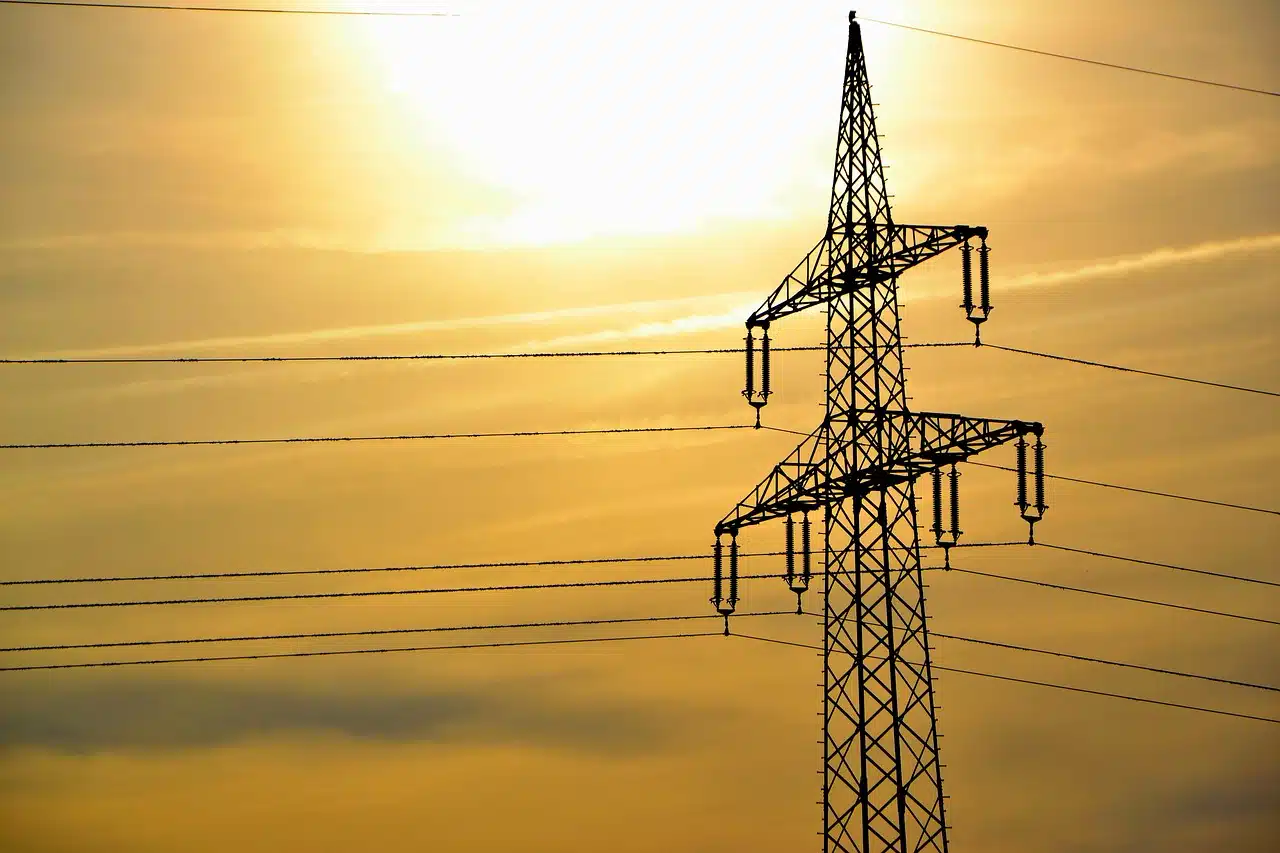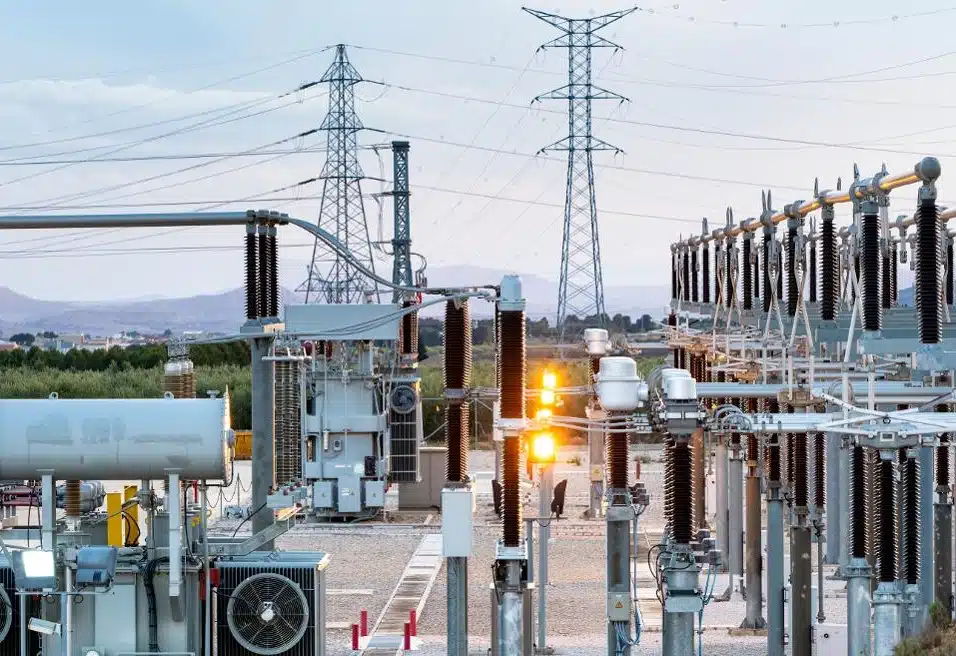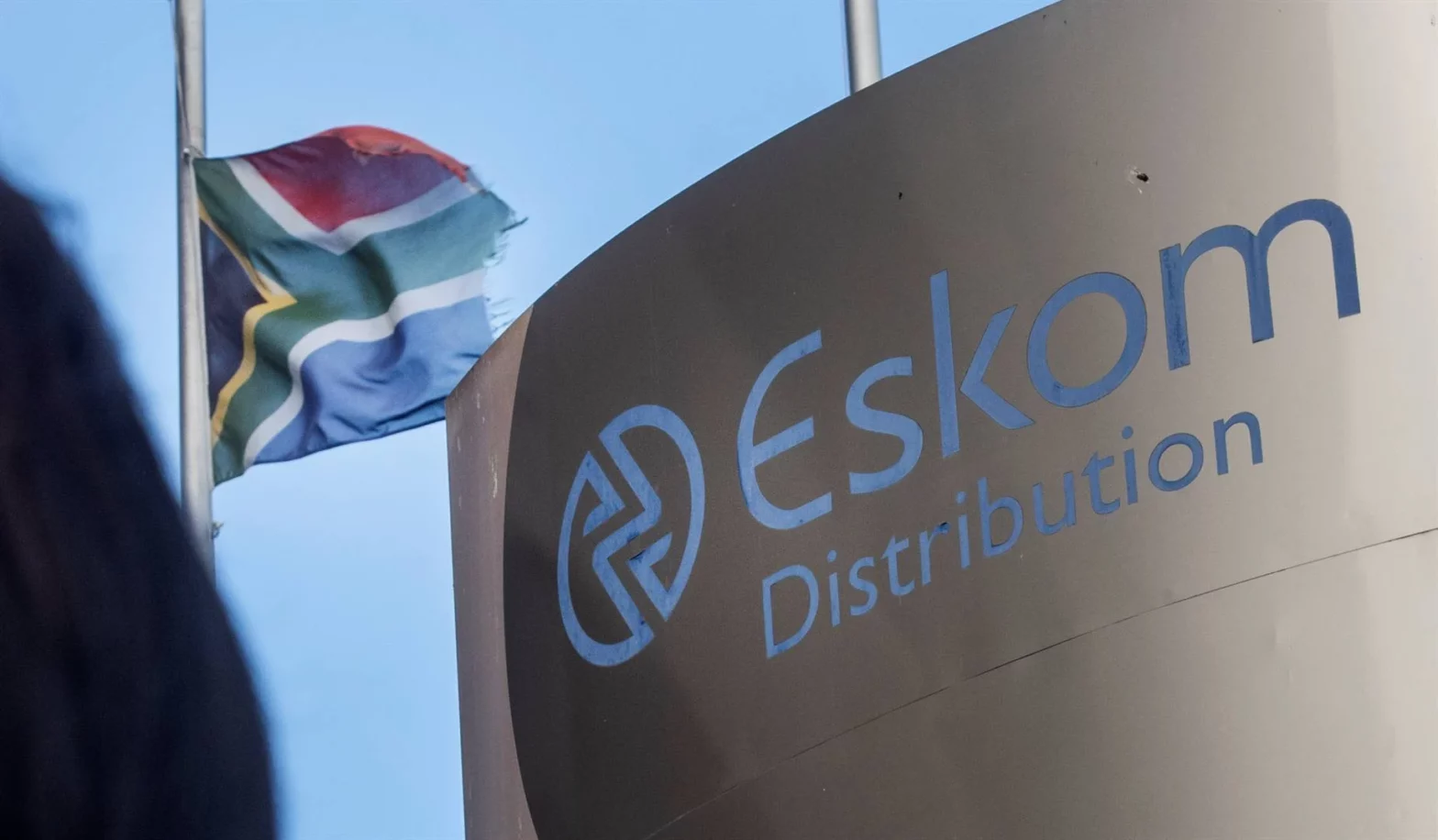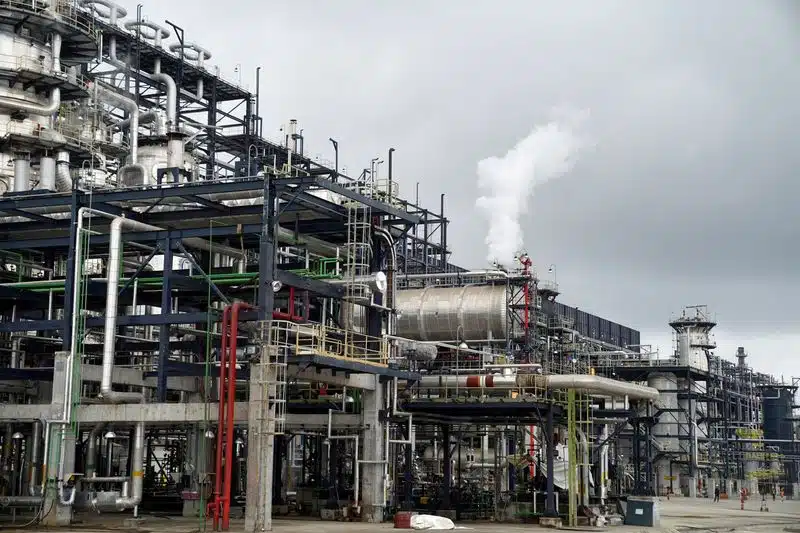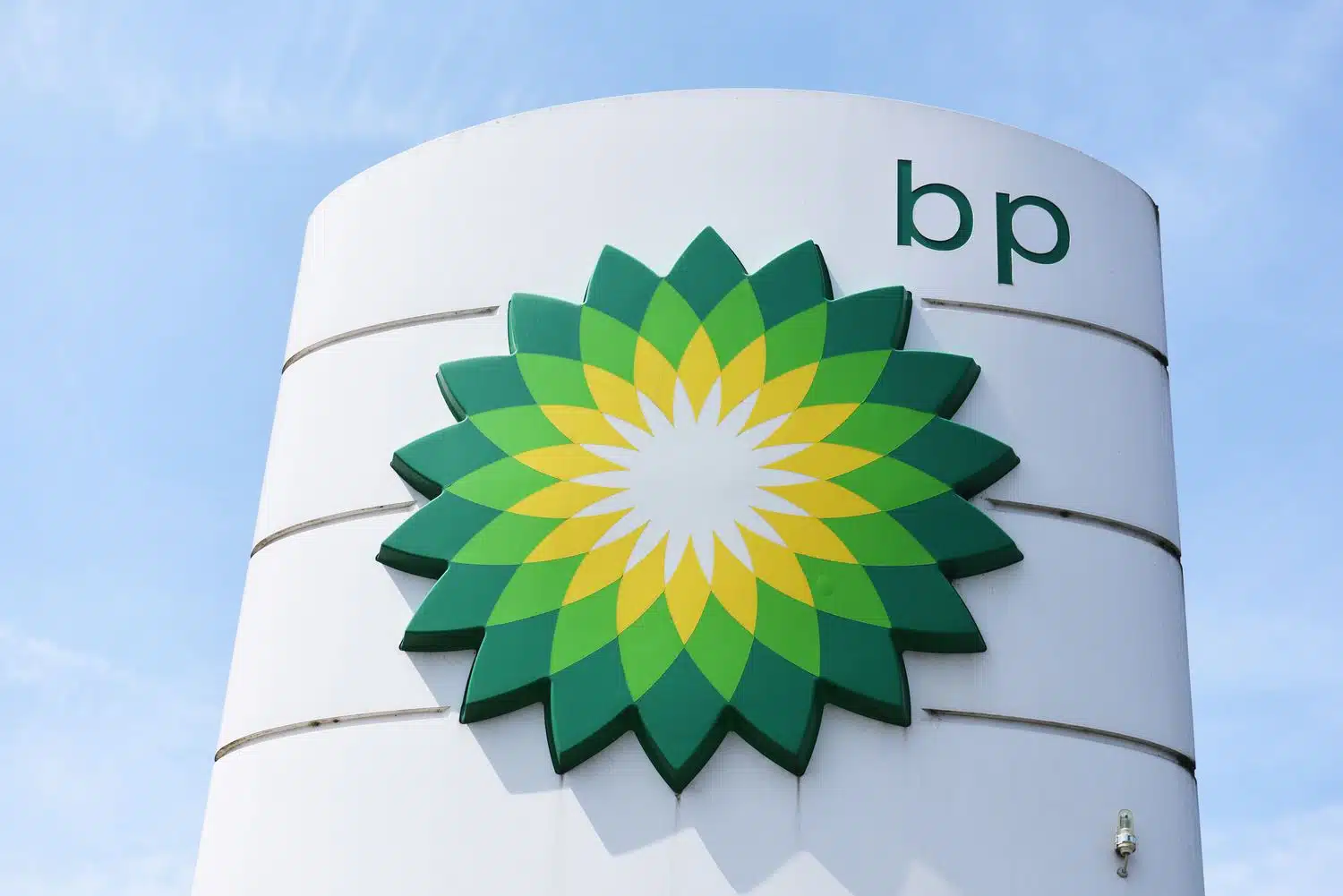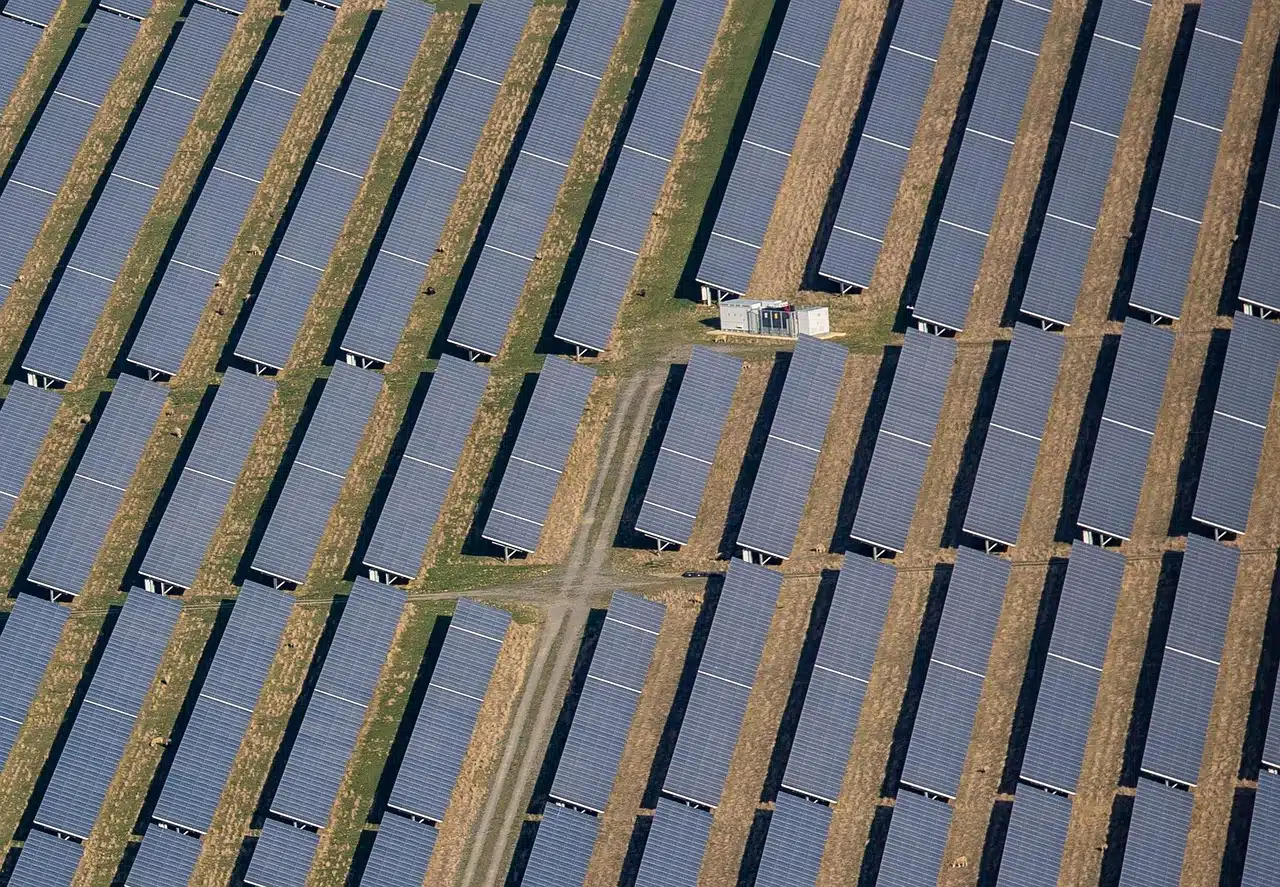The World Bank has approved a $1.5 billion Development Policy Loan (DPL) to support South Africa’s infrastructure, targeting energy and freight transport sectors.
This funding supports three priority areas outlined by the South African government, including improving energy security by attracting new investments for energy transmission, energy access, and municipal energy distribution projects, according to an Energy Capital and Power report.
The loan, detailed in the World Bank’s Infrastructure Modernization for South Africa DPL, supports the government’s three-pillar strategy for inclusive economic growth and job creation, as outlined by Finance Minister Enoch Godongwana.
Godongwana stated, “This loan marks a milestone in transforming South Africa’s infrastructure into a competitive and sustainable foundation for growth.”
South Africa plans to expand Eskom’s capacity
The DPL prioritizes modernizing Eskom, South Africa’s state-owned utility, which has struggled with aging infrastructure and frequent outages.
The World Bank projects that the loan will enable Eskom to integrate 3,500 MW of renewable energy, primarily solar and wind, into the grid by March 2027, according to the World Bank report.
Additionally, the funding will support the expansion of transmission lines by 200 km to improve electricity distribution.
These measures align with South Africa’s 2022 Energy Action Plan, which aims to liberalize the energy market and attract private investment.
Improving South Africa’s low-carbon energy
Another key focus of the loan is improving South Africa’s transition to a low-carbon energy system.
The World Bank estimates that integrating renewables could reduce carbon emissions by 10% in the energy sector by 2028, supporting global climate goals.
Finance Minister Enoch Godongwana emphasized, “This funding strengthens our commitment to sustainable energy while addressing immediate power needs”.
The initiative builds on a $1 billion energy transition loan provided by the World Bank in 2023, according to the World Bank report.
Challenges and economic impact
South Africa’s energy infrastructure has long constrained economic growth, with power outages costing the economy 3% of GDP in 2023, according to the World Bank report.
The DPL aims to reverse this trend, potentially boosting GDP by 1% and creating 150,000 jobs in the energy sector by 2027.




